A full moon rising over the eastern horizon is a magnificent sight especially on a clear winter night. For millennia, humans have watched the full moon rise and have used it as a way to track time and plan harvests, hunting and planting.
Every 29.5 days, the moon returns to the same position on the far side of the Earth opposing the sun. Even though the moon is in the same relative location the seasons on Earth have changed.
Ancient cultures, especially Native Americans in eastern and northern North America, named full moons to keep track of the seasons. Following Native American customs, Europeans created some of their own names.
January
The howling of hungry wolves in midwinter led Native Americans and medieval Eurpeans to name the January moon the Wolf Moon. January’s full moon is also called the Moon after Yule, Old Moon and Ice Moon.
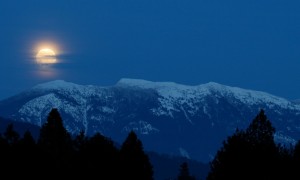
January’s Wolf Moon
February
Cold, snowy weather in February (often the heaviest snow) gave rise to the name Snow Moon. Other names for are Storm Moon and Hunger Moon because the harsh weather often made hunting difficult.
March
Native Americans noticed the last full moon of winter coincided with the worm trails that appeared as the ground thawed and named it the Worm Moon. The cawing of crows also signaled the end of winter and led to the name Crow Moon.
Another name is the Crust Moon for the crust that forms atop the snow that thawed during the day and froze at night. March is also the time for tapping maple trees for sap and led to the name Sap Moon.
Other names include Chaste Moon, Lenten Moon and Death Moon.
April
Northern Native Americans called April’s full moon the Pink Moon after early blooming pink wildflowers (herb moss pink and wild ground phlox).
April’s full moon is also called the Fish Moon because shad swam upstream to spawn during April. Other names include Sprouting Grass Moon and Egg Moon.
May
The abundant blooming flowers in May gave rise to the Flower Moon across many cultures.
Other names include the Hare Moon, Corn Planting Moon and the Milk Moon.
June
Abundant red strawberries ready for harvest gave rise to the Strawberry Moon of June.
June is also known as the Rose Moon by Europeans and as the Hot Moon by other cultures because June is the beginning of summer heat.
July
The Native American named July’s moon the Buck Moon in reference to when male deer begin to regrow their antlers.
July’s full moon is also called the Thunder Moon for the month’s summer storms and the Hay Moon for the hay harvest.
August
The reddish hue of the full moon from summer haze led to August’s name of Red Moon.
August’s full moon is also known as the Sturgeon Moon because sturgeon were readily caught in the Great Lakes region during this month. Other names include Green Corn Moon and Grain Moon.
September
The most familiar of full moon names is the Harvest Moon. The moon is particularly bright in appearance which lets farmers continue harvesting into the night. The Harvest Moon signaled to Native Americans that corn, pumpkins, squash, beans and wild rice were ready for harvest.
The Harvest Moon is the full moon closest to the autumn equinox and sometimes that occurs in October (one of every three years).
Other names include Corn Moon and Barley Moon.
October
The first full moon after the Harvest Moon is known as the Hunter’s Moon because it is the best time to hunt deer and fox from the bare, harvested fields. The Hunter’s Moon is also bright and long in the sky like the Harvest Moon, providing hunters the light needed to stalk prey.
Other names include Travel Moon, Blood Moon, Sanguine Moon and Dying Grass Moon.
November
November’s name of Beaver Moon has two sources. One is from the heightened activity of beavers preparing for winter. The other from Native Americans setting beaver traps for the warm winter fur they provide.
November’s full moon is also called the Frost Moon.
December
With nights at their longest and darkest points, the December full moon was named the Long Nights Moon. The name also refers to the moon being above the horizon for a long time.
The December full moon is also called the Cold Moon because winter is coming.
Most years only have 12 full moons but because the moon’s cycle finishes 11 days before Earth’s calendar year, there are 13 full moons approximately every three years. When a month has two full moons, the second full moon is referred to as a Blue Moon. Originally, Blue Moon referred to the third moon in a season with four full moons.
Normally the moon doesn’t turn blue but when high volumes of particles are in the atmosphere from forest fires or volcanic eruptions (such as Mount St. Helens in 1980), there is a blue cast to the moon–which would be a spectacular sight.

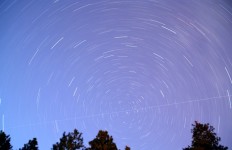
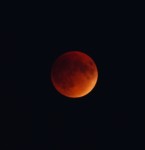
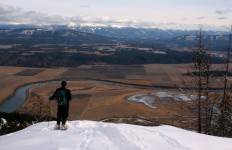
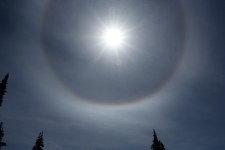
I so appreciate your column, Laura. Thanks for all the work you do and for sharing!